History of the United States Republican Party
From Wikipedia, the free encyclopedia
The Republican Party, also referred to as the GOP ("Grand Old party"), is one of the world's oldest extant political parties. It is the second-oldest existing political party in the United States; its chief rival, the Democratic Party, is the oldest.
The Republican Party emerged in 1854 to combat the Kansas–Nebraska Act and the expansion of slavery into American territories. The early Republican Party consisted of northern evangelical Protestants, businessmen, professionals, factory workers, prosperous farmers and (after 1866), former black slaves and some white Southerners, especially in mountain areas. It had few Catholic supporters. The GOP was pro-business, and it supported banks, the gold standard, railroads and high tariffs. The party opposed the expansion of slavery before 1861 and led the fight to destroy the Confederacy (1861-1865). At its inception, Republican Party had almost no presence in the Southern United States. In the North by 1858, it had enlisted former Whigs and former Free Soil Democrats to form majorities in nearly every Northern state.
With the election of Abraham Lincoln (the first Republican president) in 1860, the Party's success in guiding the Union to victory in the American Civil War, and the Party's role in the abolition of slavery, the Republican Party largely dominated the national political scene until 1932. In 1912, Theodore Roosevelt formed the Progressive ("Bull Moose") Party after being rejected by the GOP and ran unsuccessfully as a third-party presidential candidate calling for social reforms. After 1912, many Roosevelt supporters left the Party, and the Party underwent an ideological shift to the right.[1] The GOP lost its congressional majorities during the Great Depression (1929–1940); under President Franklin D. Roosevelt, the Democrats formed a winning New Deal coalition that was dominant from 1932 through 1964.
After the Civil Rights Act of 1964 and the Voting Rights Act of 1965, the party's core base shifted, with the Southern states becoming more reliably Republican in presidential politics and the Northeastern states becoming more reliably Democratic. White voters increasingly identified with the Republican Party after the 1960s.[2] Following the Supreme Court's 1973 decision in Roe v. Wade, the Republican Party opposed abortion in its party platform and grew its support among evangelicals.[3] The Republican Party won five of the six presidential elections from 1968 to 1988. Two-term President Ronald Reagan, who held office from 1981 to 1989, was a transformative party leader whose conservative policies called for reduced government spending and regulation, lower taxes and a strong anti-Soviet Union foreign policy. Reagan's influence upon the party persisted into the next century.
Since the 1990s, the Party's support has chiefly come from the South, the Great Plains, the Mountain States and rural areas in the North.[4][5] The 21st century Republican Party ideology is American conservatism. The GOP today supports lower taxes, free market capitalism, a strong national defense, gun rights, deregulation, capital punishment, and restrictions on labor unions; it opposes abortion. In contrast to its support for conservative economic policies and liberal view of government, the Republican Party is socially conservative. There have been 19 Republican presidents, the most from any one political party. Incumbent president Donald Trump is a Republican.
